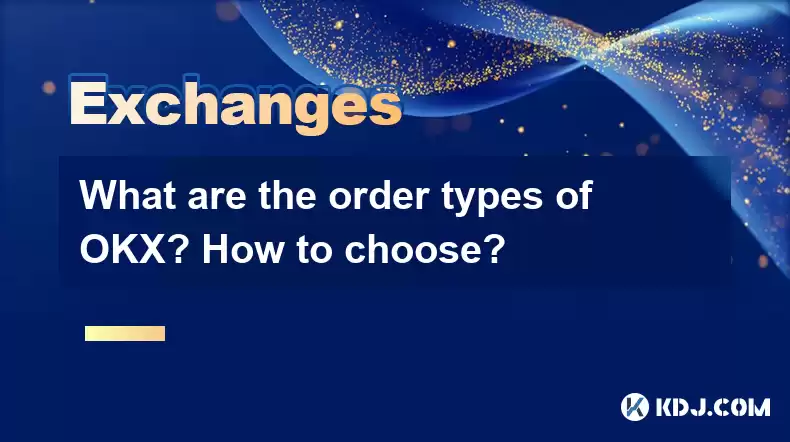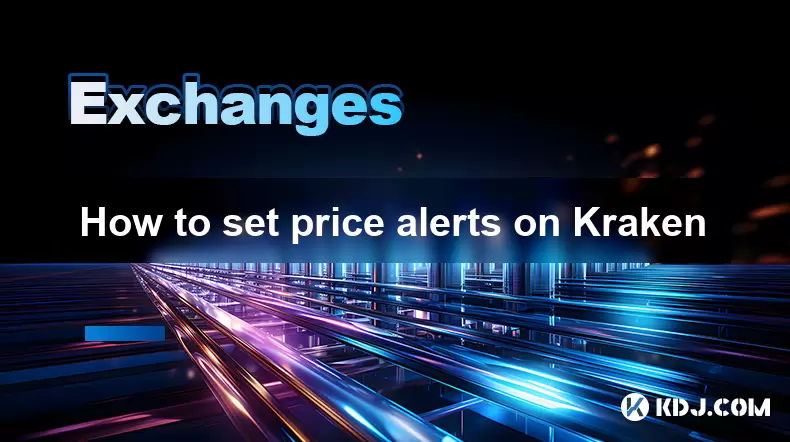-
 Bitcoin
Bitcoin $120300
1.41% -
 Ethereum
Ethereum $4296
2.75% -
 XRP
XRP $3.220
1.46% -
 Tether USDt
Tether USDt $0.9997
-0.04% -
 BNB
BNB $801.6
0.14% -
 Solana
Solana $179.9
0.22% -
 USDC
USDC $0.9998
-0.01% -
 Dogecoin
Dogecoin $0.2302
-0.24% -
 TRON
TRON $0.3405
-0.39% -
 Cardano
Cardano $0.7965
0.53% -
 Hyperliquid
Hyperliquid $44.80
2.57% -
 Chainlink
Chainlink $21.95
2.94% -
 Stellar
Stellar $0.4438
1.68% -
 Sui
Sui $3.767
-1.42% -
 Bitcoin Cash
Bitcoin Cash $584.4
3.24% -
 Hedera
Hedera $0.2554
-0.59% -
 Ethena USDe
Ethena USDe $1.001
-0.02% -
 Avalanche
Avalanche $23.57
0.00% -
 Litecoin
Litecoin $126.6
4.64% -
 Toncoin
Toncoin $3.339
0.94% -
 UNUS SED LEO
UNUS SED LEO $9.001
-0.49% -
 Shiba Inu
Shiba Inu $0.00001320
-0.92% -
 Uniswap
Uniswap $10.84
3.36% -
 Polkadot
Polkadot $3.945
-1.39% -
 Cronos
Cronos $0.1663
4.77% -
 Ethena
Ethena $0.8136
8.48% -
 Dai
Dai $0.0000
0.00% -
 Bitget Token
Bitget Token $4.391
-0.51% -
 Monero
Monero $268.0
0.80% -
 Pepe
Pepe $0.00001169
-1.57%
What are the order types of OKX? How to choose?
OKX offers diverse order types (market, limit, stop-limit, stop-market, take-profit, stop-loss) catering to various trading styles and risk tolerances; choosing the right type depends on your strategy, risk appetite, and market outlook.
Mar 20, 2025 at 10:00 am

Key Points:
- OKX offers a variety of order types catering to different trading strategies and risk tolerances.
- Understanding the nuances of each order type is crucial for successful trading.
- Choosing the right order type depends on your market outlook, risk appetite, and trading goals.
What are the order types of OKX? How to choose?
OKX, a leading cryptocurrency exchange, provides a diverse range of order types to suit various trading styles. Understanding these options is paramount for effective trading and risk management. Let's explore the common order types available on OKX and how to select the appropriate one for your needs.
1. Market Order:
This is the simplest order type. A market order executes immediately at the best available price. It's ideal for traders who prioritize speed of execution over price. However, slippage (buying higher or selling lower than the desired price) is possible, especially during volatile market conditions. It's best suited for quick trades where precise price isn't critical.
2. Limit Order:
A limit order allows you to specify the exact price at which you want to buy or sell. The order will only be executed if the market price reaches your specified limit. This helps you control your entry and exit points, minimizing slippage. It's suitable for traders seeking to buy low and sell high. However, there's a risk your order might not be filled if the market price doesn't reach your limit.
3. Stop-Limit Order:
This order combines elements of both limit and stop orders. A stop-limit order activates when the market price hits a specified stop price. Once triggered, it becomes a limit order, executing only at your specified limit price or better. This helps manage risk by limiting potential losses while still aiming for a specific price. It’s a more sophisticated order type offering better control than a simple stop order.
4. Stop-Market Order:
Similar to a stop-limit order, a stop-market order triggers when the market price reaches your stop price. However, once triggered, it executes as a market order at the best available price. This guarantees execution but may result in slippage. It's suitable for quickly exiting a position when the market moves against you.
5. Take Profit Order:
This order automatically sells your asset when the market price reaches a predetermined profit target. It helps secure profits and automate your trading strategy. Take profit orders are useful for protecting gains and ensuring you don't miss out on potential profits. It's a vital tool for risk management.
6. Stop-Loss Order:
A stop-loss order automatically sells your asset when the market price falls to a specified level. This helps limit potential losses if the market moves against your position. Stop-loss orders are crucial for risk management, preventing significant losses. It's a must-have tool for protecting your capital.
Choosing the Right Order Type:
The selection of the optimal order type hinges on several factors. Consider your trading style, risk tolerance, and market outlook.
- Scalpers and Day Traders: Often prefer market orders for speed and stop-loss orders for risk management.
- Swing Traders and Long-Term Investors: May utilize limit orders to secure specific entry and exit points, and stop-loss orders to protect their investments.
- Risk-Averse Traders: Would favor limit orders and stop-loss orders to control their exposure to risk.
- Aggressive Traders: Might use market orders to capitalize on quick price movements.
Understanding the characteristics of each order type and aligning them with your individual trading strategy is key to successful trading on OKX. Practice using different order types in a simulated environment before employing them with real funds.
Common Questions:
Q: What is the difference between a stop-limit and a stop-market order?
A: A stop-limit order converts to a limit order upon triggering, ensuring execution only at your specified price or better, potentially resulting in an unfilled order. A stop-market order converts to a market order, guaranteeing execution but possibly at a less favorable price due to slippage.
Q: Can I cancel an order on OKX?
A: Yes, you can cancel most pending orders on OKX before they are executed. However, market orders are typically executed immediately and cannot be canceled.
Q: What happens if my stop-loss order doesn't trigger?
A: If the market price doesn't reach your stop-loss price, the order will remain unfilled and will need to be manually adjusted or canceled.
Q: Are there any fees associated with using different order types on OKX?
A: OKX's fee structure depends on the trading volume and the cryptocurrency pair traded. Generally, the order type itself doesn't directly influence the fees. The fees are applied based on the trade execution.
Q: Which order type is best for beginners?
A: For beginners, limit orders and stop-loss orders offer a good balance of control and risk management. Start with these and gradually explore more advanced order types as your experience grows.
Q: How can I learn more about OKX order types?
A: OKX provides comprehensive documentation and tutorials on its platform. You can also find numerous educational resources online covering various aspects of cryptocurrency trading and order types. Remember to practice using these order types on a demo account before committing real funds.
Disclaimer:info@kdj.com
The information provided is not trading advice. kdj.com does not assume any responsibility for any investments made based on the information provided in this article. Cryptocurrencies are highly volatile and it is highly recommended that you invest with caution after thorough research!
If you believe that the content used on this website infringes your copyright, please contact us immediately (info@kdj.com) and we will delete it promptly.
- DYDX Price Stays Afloat: Navigating Neutral Momentum with Technical Indicators
- 2025-08-11 20:50:12
- Superman Takes Flight: A Deep Dive into the Comic Program and Coin Medals
- 2025-08-11 20:30:12
- JasmyCoin's Bullish Momentum: Riding the Daily Gain Wave
- 2025-08-11 21:10:12
- Shiba Inu's Comeback Trail and the Meme Coin Mania: Can $SHIB Deliver a 12,000x Return?
- 2025-08-11 18:30:11
- Proof of Trust, Transparency, and User Safety: Keeping Crypto Real
- 2025-08-11 18:50:12
- Pudgy Penguins, Bitcoin Penguins, and the $22M Meme Coin Mania: A New York Perspective
- 2025-08-11 17:10:11
Related knowledge

How to use margin trading on Poloniex
Aug 08,2025 at 09:50am
Understanding Margin Trading on Poloniex

How to read the order book on KuCoin
Aug 10,2025 at 03:21pm
Understanding the Order Book Interface on KuCoinWhen accessing the order book on KuCoin, users are presented with a real-time display of buy and sell ...

How to set price alerts on Kraken
Aug 11,2025 at 08:49pm
Understanding Price Alerts on KrakenPrice alerts on Kraken are tools that allow traders to monitor specific cryptocurrency pairs for price movements. ...

How to use advanced trading on Gemini
Aug 08,2025 at 04:07am
Understanding Advanced Trading on GeminiAdvanced trading on Gemini refers to a suite of tools and order types designed for experienced traders who wan...

How to use advanced trading on Gemini
Aug 08,2025 at 10:56pm
Understanding Advanced Trading on GeminiAdvanced trading on Gemini refers to the suite of tools and order types available on the Gemini ActiveTrader p...

How to get my API keys from KuCoin
Aug 08,2025 at 06:50pm
Understanding API Keys on KuCoinAPI keys are essential tools for users who want to interact with KuCoin's trading platform programmatically. These key...

How to use margin trading on Poloniex
Aug 08,2025 at 09:50am
Understanding Margin Trading on Poloniex

How to read the order book on KuCoin
Aug 10,2025 at 03:21pm
Understanding the Order Book Interface on KuCoinWhen accessing the order book on KuCoin, users are presented with a real-time display of buy and sell ...

How to set price alerts on Kraken
Aug 11,2025 at 08:49pm
Understanding Price Alerts on KrakenPrice alerts on Kraken are tools that allow traders to monitor specific cryptocurrency pairs for price movements. ...

How to use advanced trading on Gemini
Aug 08,2025 at 04:07am
Understanding Advanced Trading on GeminiAdvanced trading on Gemini refers to a suite of tools and order types designed for experienced traders who wan...

How to use advanced trading on Gemini
Aug 08,2025 at 10:56pm
Understanding Advanced Trading on GeminiAdvanced trading on Gemini refers to the suite of tools and order types available on the Gemini ActiveTrader p...

How to get my API keys from KuCoin
Aug 08,2025 at 06:50pm
Understanding API Keys on KuCoinAPI keys are essential tools for users who want to interact with KuCoin's trading platform programmatically. These key...
See all articles

























































































